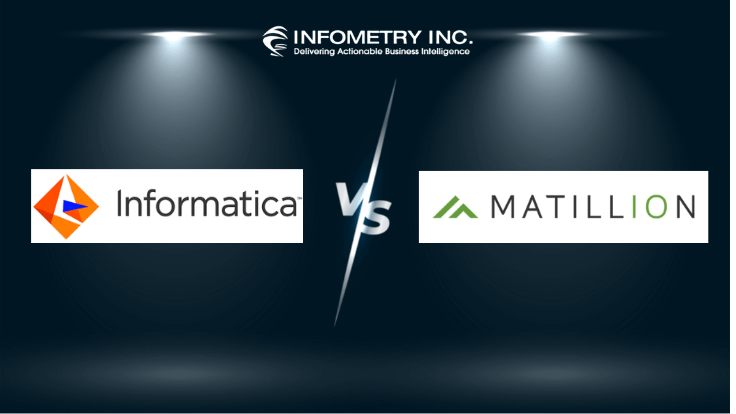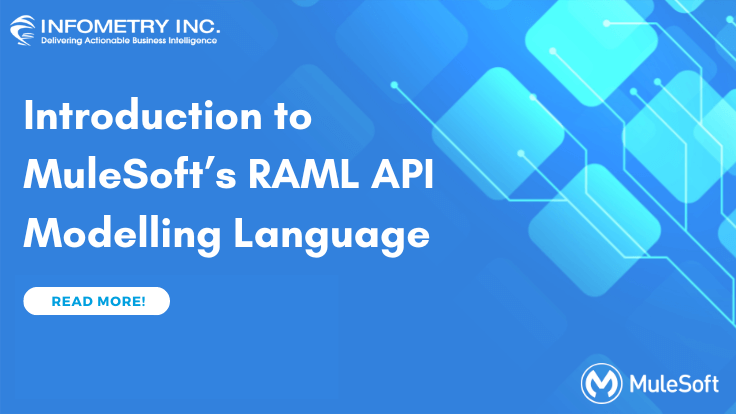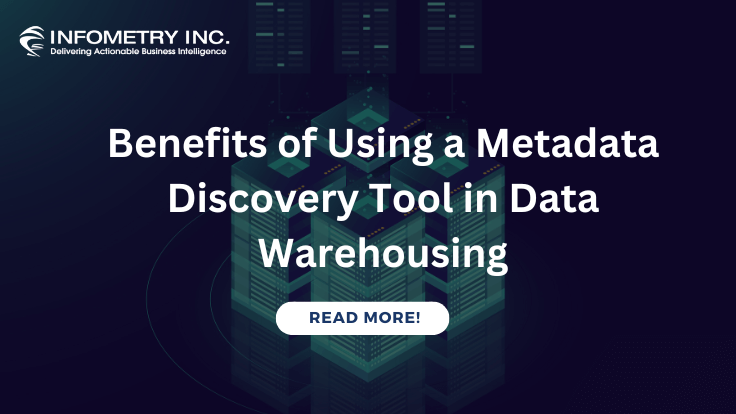
What Make Matillion and Informatica Different From Each Other?
October 26, 2022
Introduction to MuleSoft’s RAML API Modelling Language
November 2, 2022What is an API Console?
The API is one of the most well-known ways many engineers connect with data. Therefore, an API design should be efficient, predictable, and intuitive. The engineer’s experience is essential in estimating an API’s quality. If the API design isn’t straight forward and hard to understand, the possibilities it will be consumed are negligible. The intelligent API Console component in MuleSoft ESB Integration shows information about your REST APIs and their strategies and empowers users to test the techniques by sending requests.
Endpoints are displayed in alphabetical order. Console parts incorporate API Console Instances, API Console, API Console Navigation, API Console Documentation, and API Console Request Panel. You can add different console components to a similar page in the Community Builder. Changes to a console component are noticeable in all other console components on that page that show the same API. The component shows the public API instances and documentation from MuleSoft Anypoint Exchange.
If an API’s specification incorporates OAuth 2.0 security, clients either select a client application in the Credentials source rundown to populate the client ID and client secret automatically or select Custom credentials in the rundown to physically enter the client ID and client secret manually.
What’s new in version 6?
API Console is presently WCAG compliant. During the development cycle, we guaranteed the console was available to clients with inabilities. This version is tested using automated software and manual testing.
The updated UI executes changes mentioned by our clients and the community. The route has a marginally unique structure and presently delivers a full path to the resources, even when it surpasses the size of a single-line menu item. New examples and annotation widgets make the UI more user-friendly.
The request editor (also known as “try it”) has been updated to improve communication with the API. It now only delivers handles that require input from the user to make a successful request. For instance, if headers are not characterized for an activity, they are not provided.
With this delivery, we added greater security by sanitizing markdown data being delivered. Additionally, user input in the request editor is tested against invalid data.
Some key design features of creating an API Spec on the Anypoint Platform:
- Documentation is made from the RAML and displayed in the API console.
- A mocking service can be utilized in the API console to test the API.
- Make an API discoverable by distributing it to the Private Exchange.
- You can distribute it to the public.
- API portals are auto-generated.
- An automatically produced API endpoint is made that utilizes a mocking service.
- API portals can be imparted to internal or external clients.
- Share the API with external developers by unveiling the portal public.
You can customize the public portal
- logo
- favicon
- Welcome text
- fonts
- image
Reasons to Choose API Console
API Console is and will be in active development as it is one of the core MuleSoft Anypoint Platform products while being an open-source project. The console is tested in an enterprise environment and runs in public and private clouds. It satisfies all necessities for an application to run in the government’s cloud.
How do I Get Started?
We suggest installing the API console via NPM by running `npm install api-console-cli -g` on your command line. That is the simplest way to get started with it in MuleSoft.




